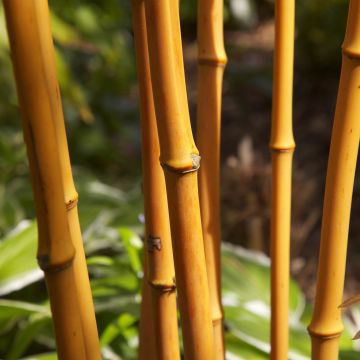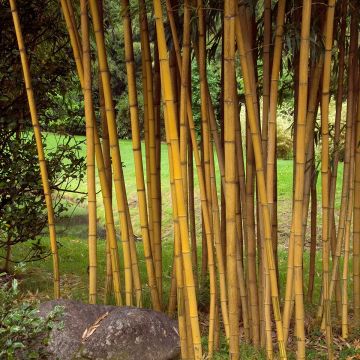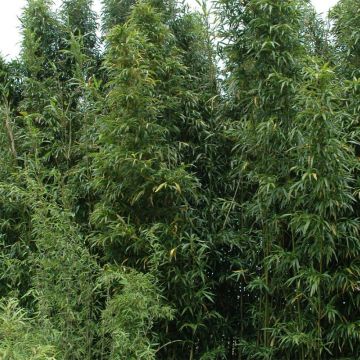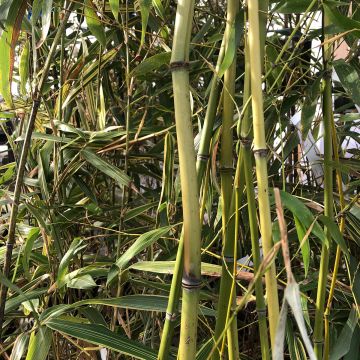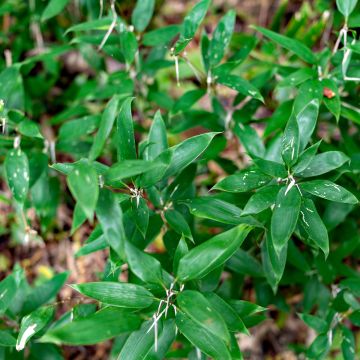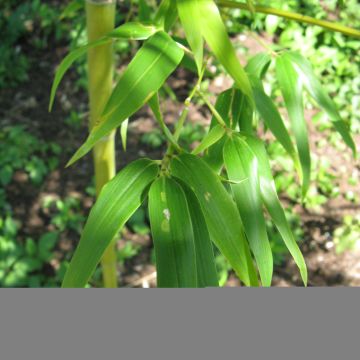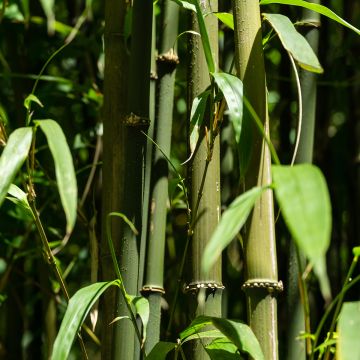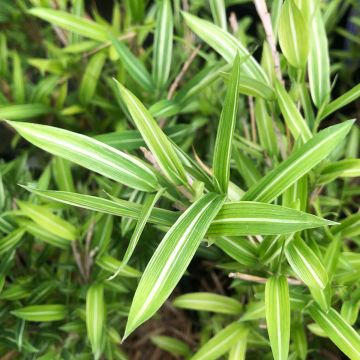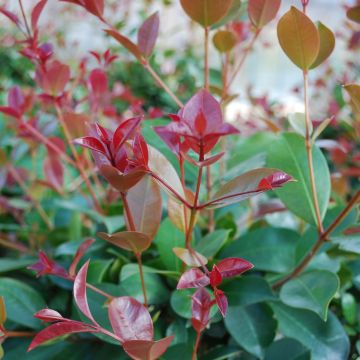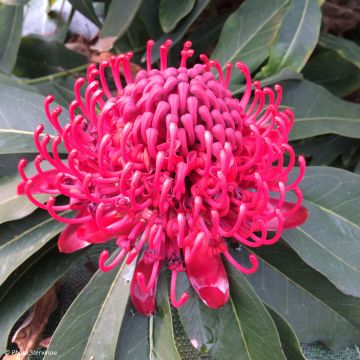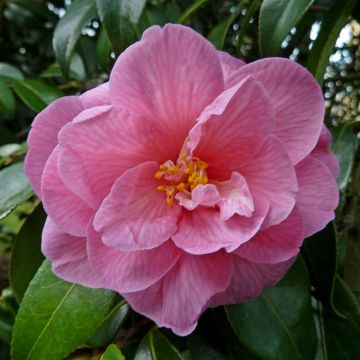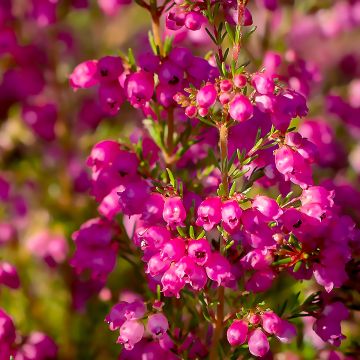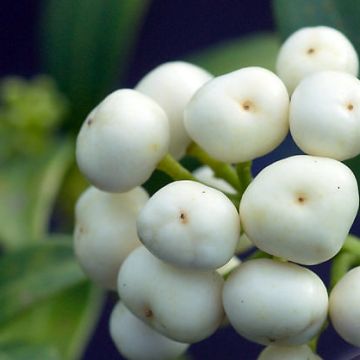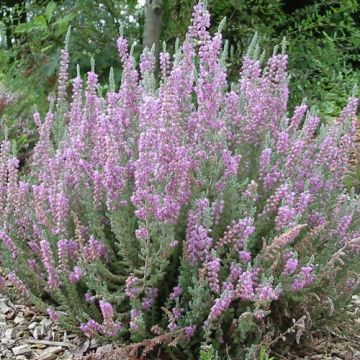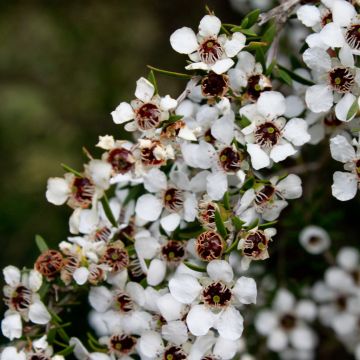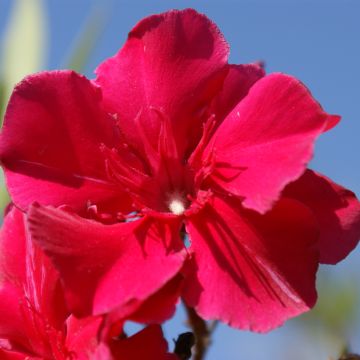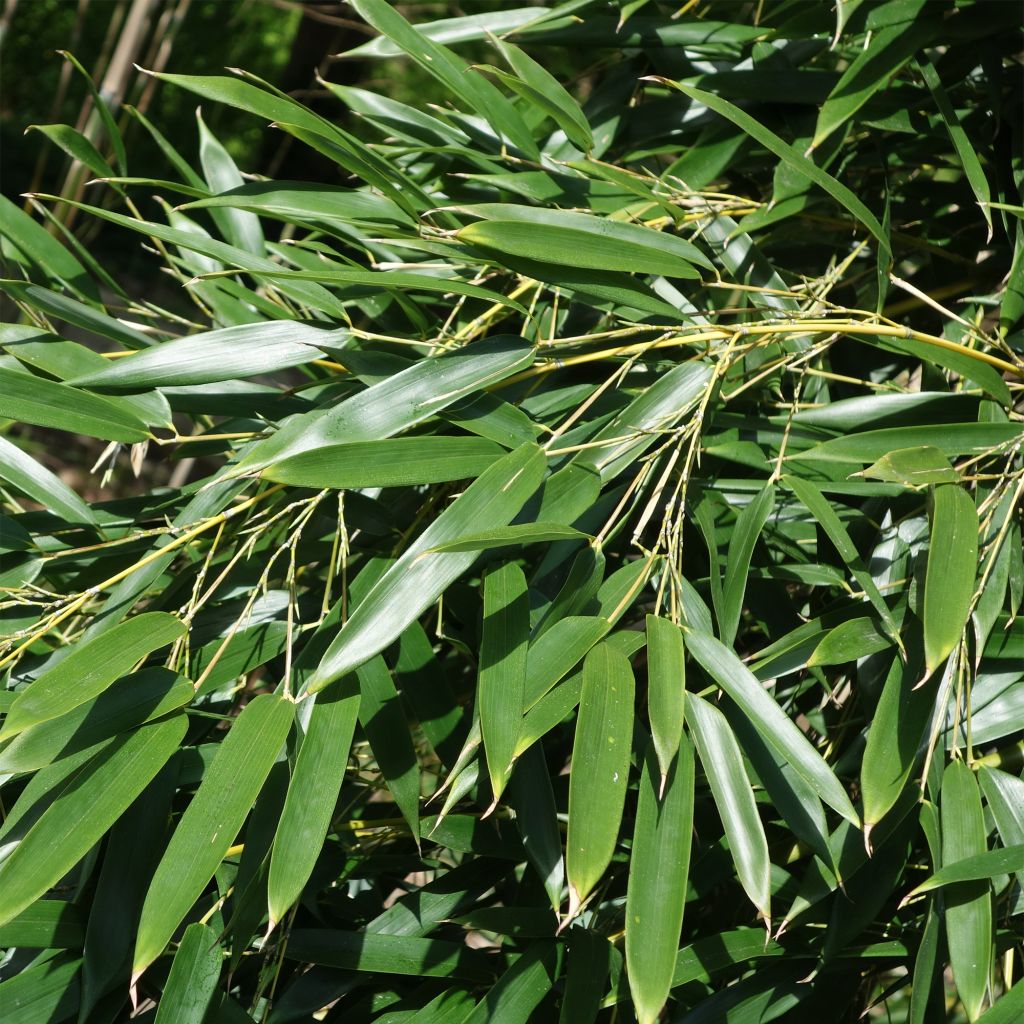

Phyllostachys aureosulcata f. alata - Bamboo
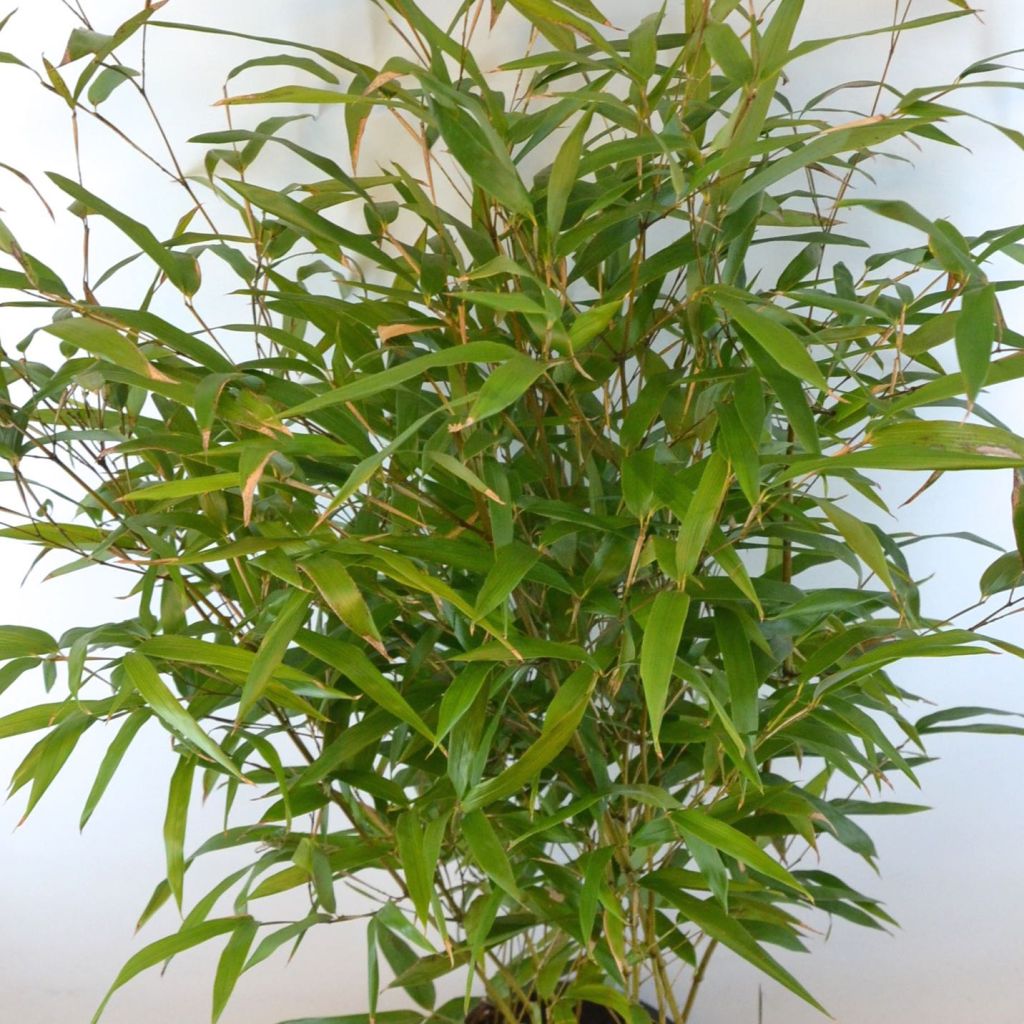

Phyllostachys aureosulcata f. alata - Bamboo
Phyllostachys aureosulcata f. alata - Bamboo
Phyllostachys aureosulcata Alata
Golden Groove Bamboo, Yellow Bamboo
This item cannot be shipped to the selected country
Oversize package delivery charge from €6.90
More information
Schedule delivery date,
and select date in basket
This plant carries a 24 months recovery warranty
More information
We guarantee the quality of our plants for a full growing cycle, and will replace at our expense any plant that fails to recover under normal climatic and planting conditions.
Oversize package: home delivery by special carrier from €6.90 per order..
Express home delivery from €8.90.
Does this plant fit my garden?
Set up your Plantfit profile →
Description
Phyllostachys aureosulcata f. alata is a medium-sized bamboo, amazing: its green culms, very often in a zigzag shape at their base, are remarkable. It is also very hardy.
Originating from China, specifically from the Shangaï region, the habit of the Phyllostachys aureosulcata f. alata is erect, it bears rough stems measuring 1.5 to 4cm (1 to 2in) in diameter, adorned with medium-sized green leaves. Its growth is relatively fast, it can reach a height of 4.5 to 7.5 metres (15 to 25 feet) in a few years. Particularly hardy, it can withstand temperatures as low as -28 °. However, in case of snowfall, remember to clear its culms by shaking them.
Bamboos are not demanding plants, they thrive in sun or partial shade, in any garden soil. However, their growth rate and maximum height will be conditioned by the quality and moisture content of the soil. Ideally, plant them in an acidic or neutral, light, fresh, and well-drained soil. Note that the Phyllostachys aureosulcata f. alata is a running bamboo: the installation of a rhizome barrier is essential to prevent it from spreading beyond the space you have reserved for it.
A star of Asian-inspired gardens, bamboo suits many styles, from the most modern to the most traditional. Planted en masse, it allows the rapid creation of small, very exotic forests, its graphic appearance brings beautiful vertical lines to modern gardens and terraces. Its fast growth also makes it an excellent plant for managing visual barriers in crowded spaces.
The presence of bamboo is such that you can plant it in isolation. In a flowerbed, it blends well with many plants, we recommend associating it, in an exotic and lush garden, with Hakonechloa or Gunnera manicata.
Did you know? The young shoots, or culms, of this bamboo are edible. They are rich in fibre and low in calories. But don't risk eating them raw! They should be peeled, cooked for a long time in boiling water, and then cut into cubes or slices before being enjoyed.
Report an error about the product description
Phyllostachys aureosulcata f. alata - Bamboo in pictures
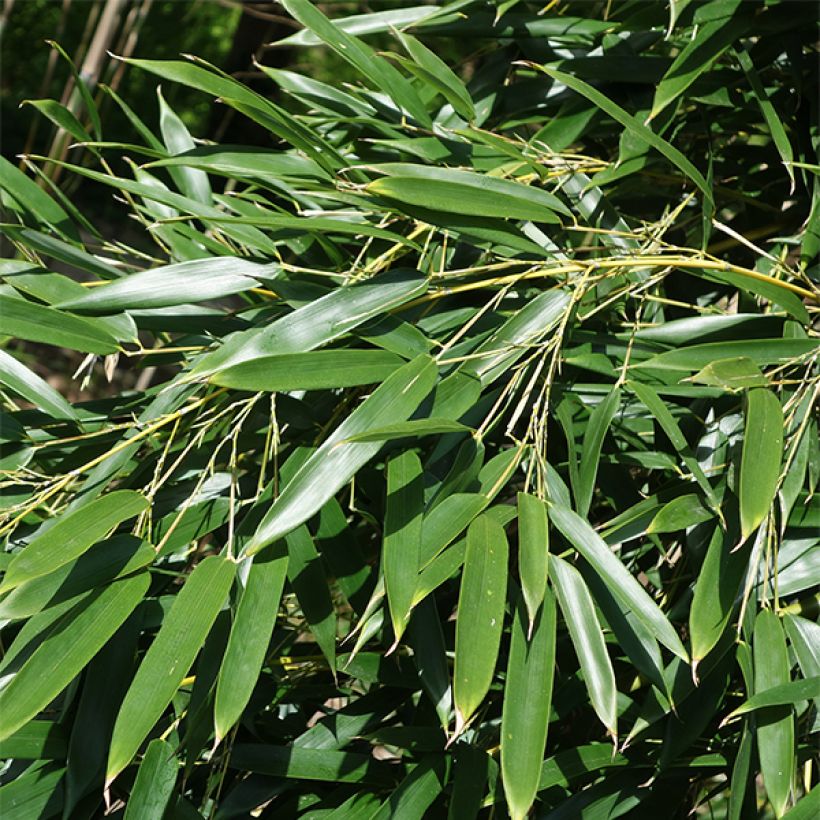

Plant habit
Foliage
Botanical data
Phyllostachys
aureosulcata
Alata
Poaceae
Golden Groove Bamboo, Yellow Bamboo
China
Other Spreading Bamboo
Planting and care
Grown in containers, bamboo can be planted at any time of the year, except during freezing temperatures. However, the best planting period is late summer and autumn, when the soil is warm and rainfall is more frequent. The planting distance depends on how you plan to use your bamboo: for a mass planting, allow a spacing of 1.8 to 2.2 metres (6 to 7 feet) between each plant. For a hedge, this distance can be reduced to 1 to 1.4 metres (3 to 5 feet).
In general, bamboo prefers rich, well-drained soil that remains moist, either acidic or neutral. It can tolerate slightly alkaline soil.
During planting, make sure to loosen the soil and thoroughly moisten the root ball by soaking it. You can add well-decomposed compost to the surface. Watering should be done regularly, especially during the first year if planted in the ground, and constantly if the bamboo is grown in a pot. The establishment period may seem a bit long, but don't panic!
For bamboo with running rhizomes, installing a rhizome barrier (thick and durable polypropylene film) is essential because these varieties disregard property limits and can quickly spread over large areas. The rhizome barrier should be buried vertically, leaving a height of 10cm (4in) exposed, and inclined at a 15° angle towards the plant.
In terms of maintenance, bamboo is not demanding: remember to weed around the base of the plants, at least initially, until the fallen leaves form a natural mulch. Adding nitrogen-rich fertilizer (well-decomposed manure or liquid fertilizer) in spring and autumn can be beneficial.
Planting period
Intended location
Care
This item has not been reviewed yet - be the first to leave a review about it.
Evergreen shrubs
Haven't found what you were looking for?
Hardiness is the lowest winter temperature a plant can endure without suffering serious damage or even dying. However, hardiness is affected by location (a sheltered area, such as a patio), protection (winter cover) and soil type (hardiness is improved by well-drained soil).

Photo Sharing Terms & Conditions
In order to encourage gardeners to interact and share their experiences, Promesse de fleurs offers various media enabling content to be uploaded onto its Site - in particular via the ‘Photo sharing’ module.
The User agrees to refrain from:
- Posting any content that is illegal, prejudicial, insulting, racist, inciteful to hatred, revisionist, contrary to public decency, that infringes on privacy or on the privacy rights of third parties, in particular the publicity rights of persons and goods, intellectual property rights, or the right to privacy.
- Submitting content on behalf of a third party;
- Impersonate the identity of a third party and/or publish any personal information about a third party;
In general, the User undertakes to refrain from any unethical behaviour.
All Content (in particular text, comments, files, images, photos, videos, creative works, etc.), which may be subject to property or intellectual property rights, image or other private rights, shall remain the property of the User, subject to the limited rights granted by the terms of the licence granted by Promesse de fleurs as stated below. Users are at liberty to publish or not to publish such Content on the Site, notably via the ‘Photo Sharing’ facility, and accept that this Content shall be made public and freely accessible, notably on the Internet.
Users further acknowledge, undertake to have ,and guarantee that they hold all necessary rights and permissions to publish such material on the Site, in particular with regard to the legislation in force pertaining to any privacy, property, intellectual property, image, or contractual rights, or rights of any other nature. By publishing such Content on the Site, Users acknowledge accepting full liability as publishers of the Content within the meaning of the law, and grant Promesse de fleurs, free of charge, an inclusive, worldwide licence for the said Content for the entire duration of its publication, including all reproduction, representation, up/downloading, displaying, performing, transmission, and storage rights.
Users also grant permission for their name to be linked to the Content and accept that this link may not always be made available.
By engaging in posting material, Users consent to their Content becoming automatically accessible on the Internet, in particular on other sites and/or blogs and/or web pages of the Promesse de fleurs site, including in particular social pages and the Promesse de fleurs catalogue.
Users may secure the removal of entrusted content free of charge by issuing a simple request via our contact form.
The flowering period indicated on our website applies to countries and regions located in USDA zone 8 (France, the United Kingdom, Ireland, the Netherlands, etc.)
It will vary according to where you live:
- In zones 9 to 10 (Italy, Spain, Greece, etc.), flowering will occur about 2 to 4 weeks earlier.
- In zones 6 to 7 (Germany, Poland, Slovenia, and lower mountainous regions), flowering will be delayed by 2 to 3 weeks.
- In zone 5 (Central Europe, Scandinavia), blooming will be delayed by 3 to 5 weeks.
In temperate climates, pruning of spring-flowering shrubs (forsythia, spireas, etc.) should be done just after flowering.
Pruning of summer-flowering shrubs (Indian Lilac, Perovskia, etc.) can be done in winter or spring.
In cold regions as well as with frost-sensitive plants, avoid pruning too early when severe frosts may still occur.
The planting period indicated on our website applies to countries and regions located in USDA zone 8 (France, United Kingdom, Ireland, Netherlands).
It will vary according to where you live:
- In Mediterranean zones (Marseille, Madrid, Milan, etc.), autumn and winter are the best planting periods.
- In continental zones (Strasbourg, Munich, Vienna, etc.), delay planting by 2 to 3 weeks in spring and bring it forward by 2 to 4 weeks in autumn.
- In mountainous regions (the Alps, Pyrenees, Carpathians, etc.), it is best to plant in late spring (May-June) or late summer (August-September).
The harvesting period indicated on our website applies to countries and regions in USDA zone 8 (France, England, Ireland, the Netherlands).
In colder areas (Scandinavia, Poland, Austria...) fruit and vegetable harvests are likely to be delayed by 3-4 weeks.
In warmer areas (Italy, Spain, Greece, etc.), harvesting will probably take place earlier, depending on weather conditions.
The sowing periods indicated on our website apply to countries and regions within USDA Zone 8 (France, UK, Ireland, Netherlands).
In colder areas (Scandinavia, Poland, Austria...), delay any outdoor sowing by 3-4 weeks, or sow under glass.
In warmer climes (Italy, Spain, Greece, etc.), bring outdoor sowing forward by a few weeks.

































